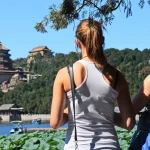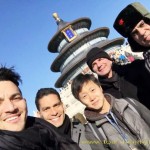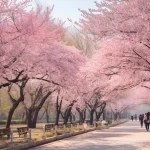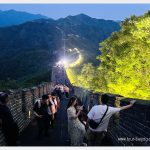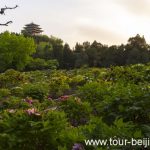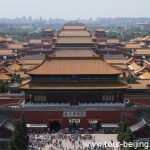Top 10 Attractions in Putuoshan
If you are planning either Shanghai tour or Hangzhou tour, a side trip to Putuoshan 普陀山 ( Mount Putuo Island or Putuo Mountain ) is a bonus if you are interested in beaches, caves, isles and Buddhist culture. Putuoshan is the most well known lush island attached to Zhoushan archipelago. Mount Putuo is the abode of Guanyin, the…
